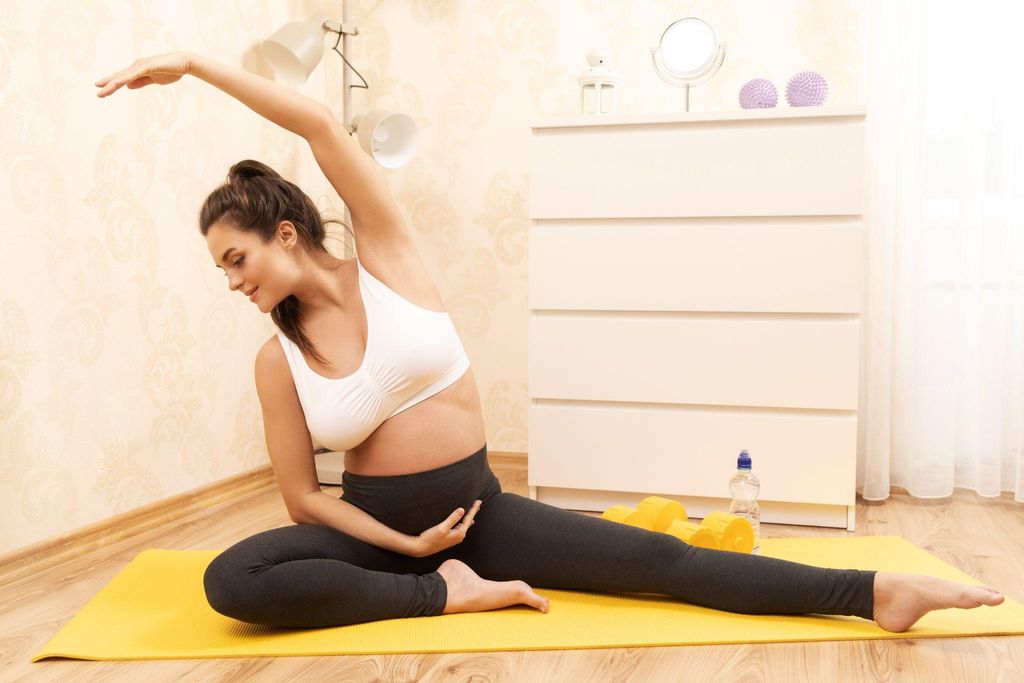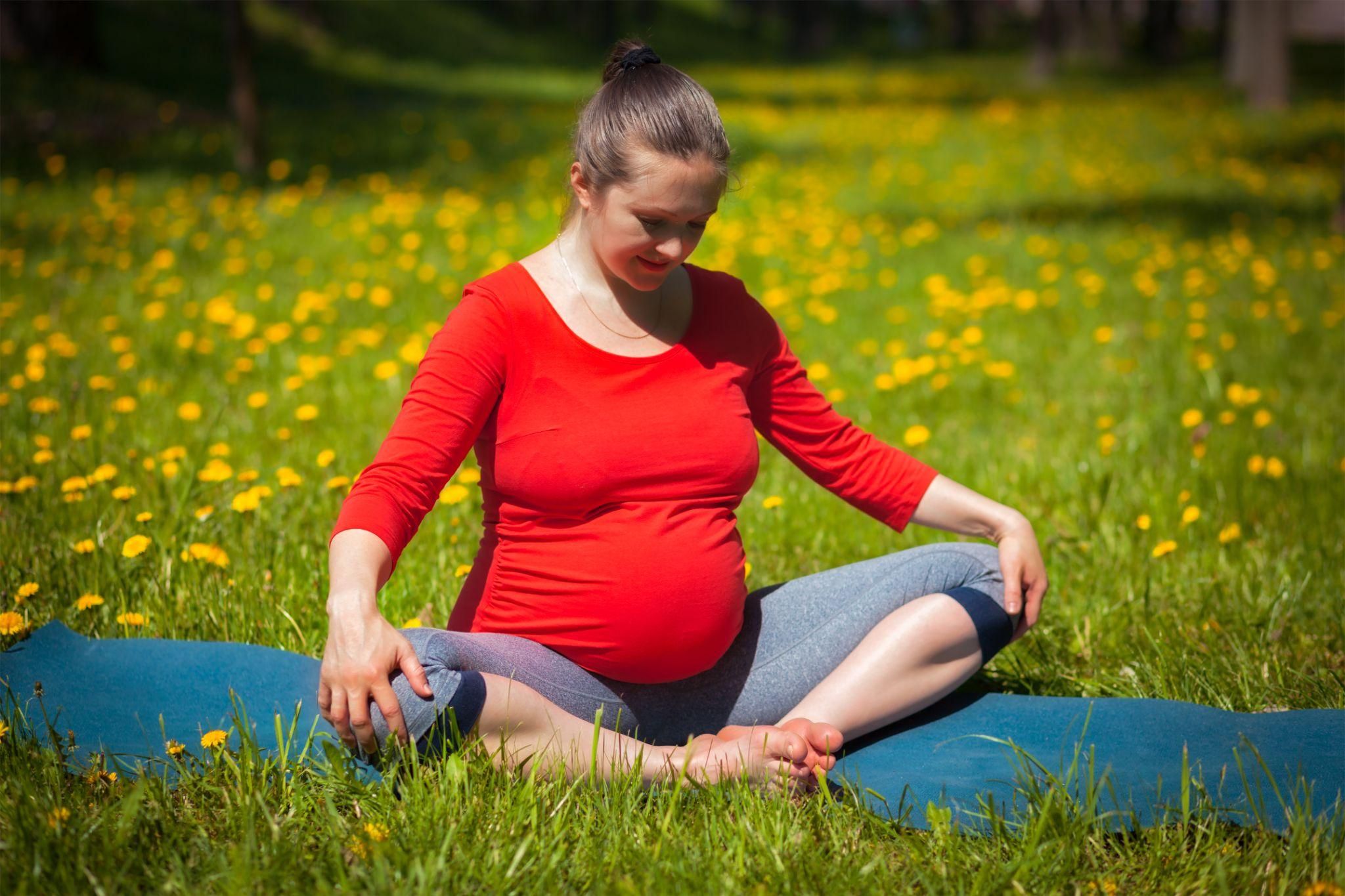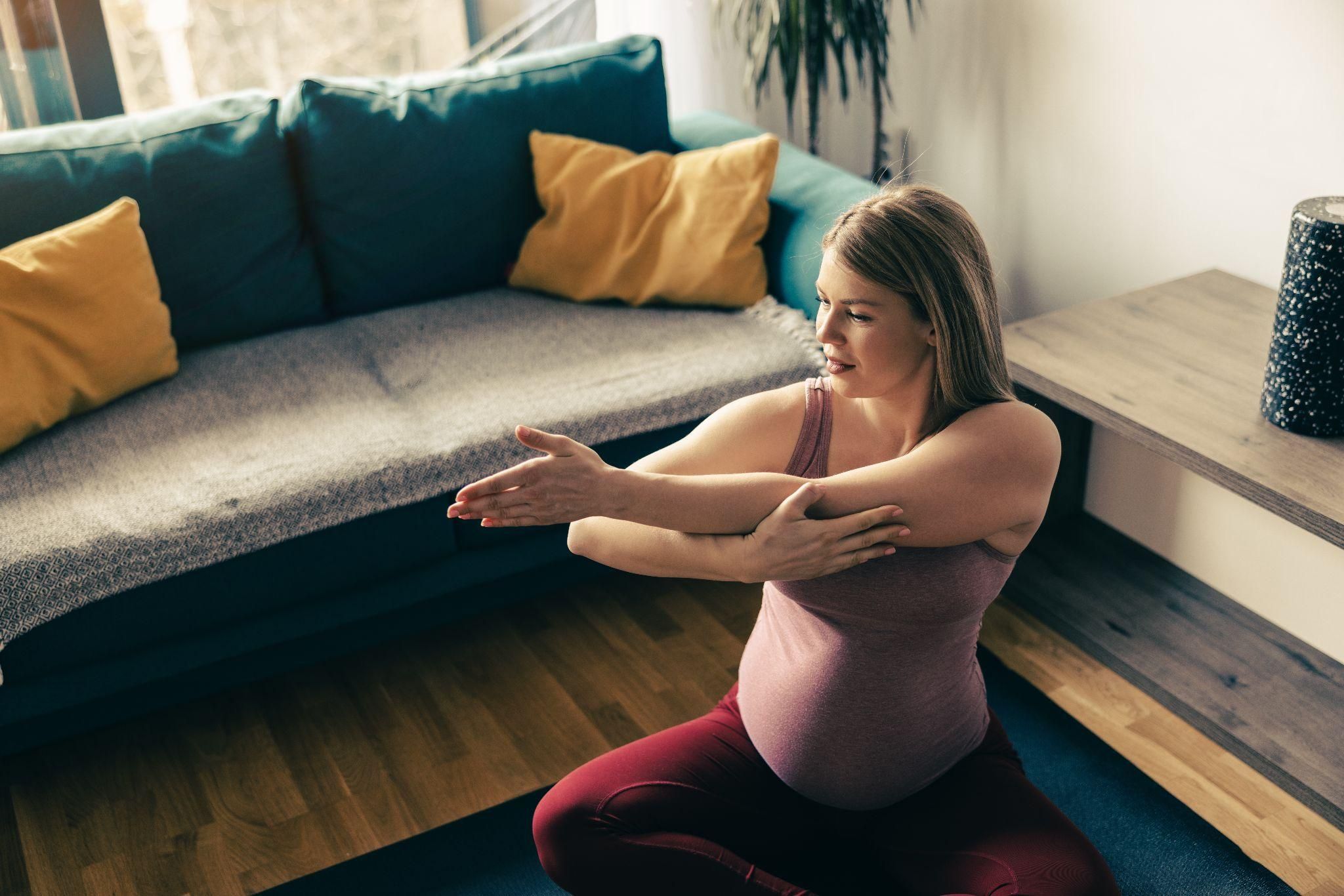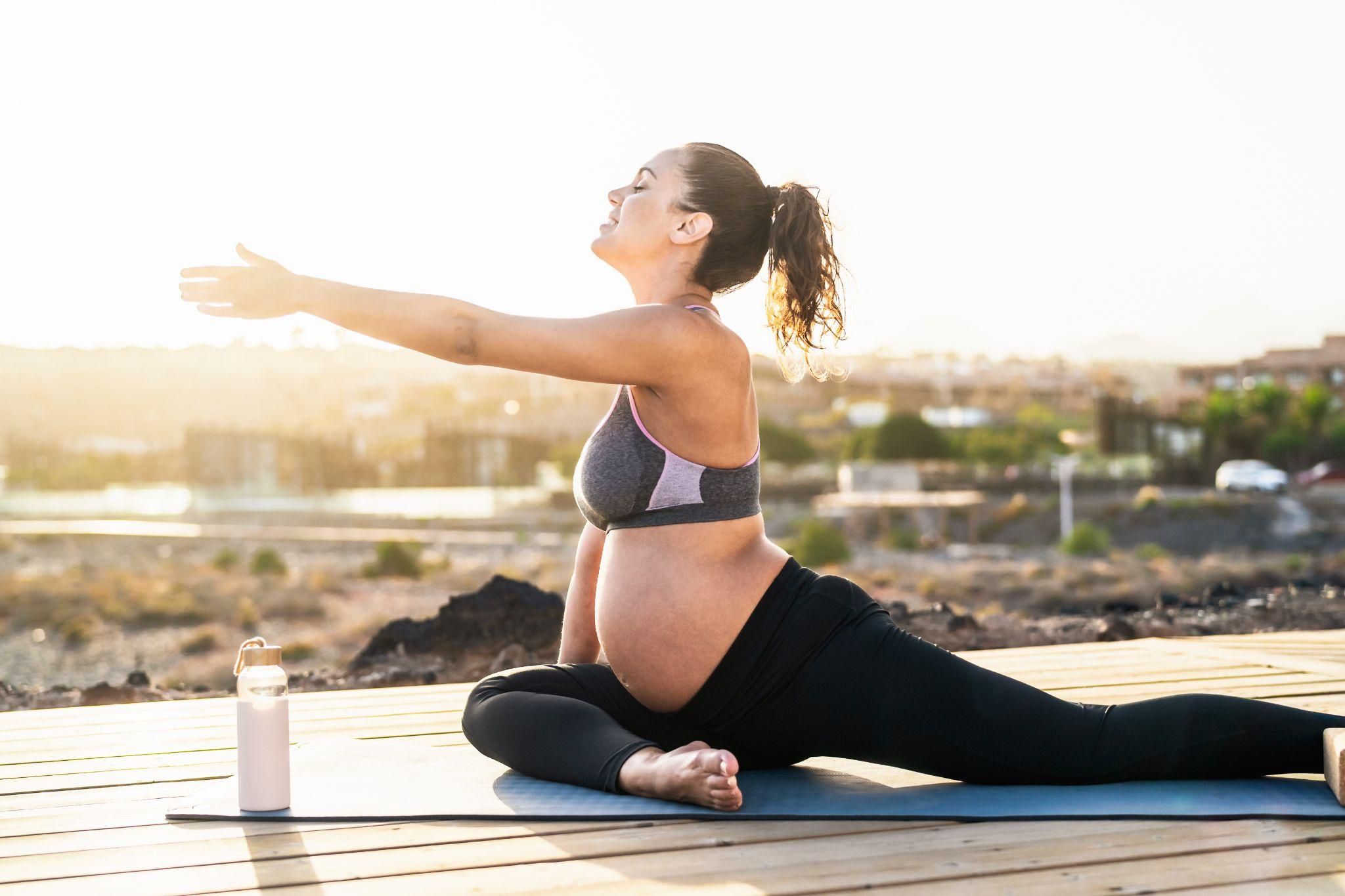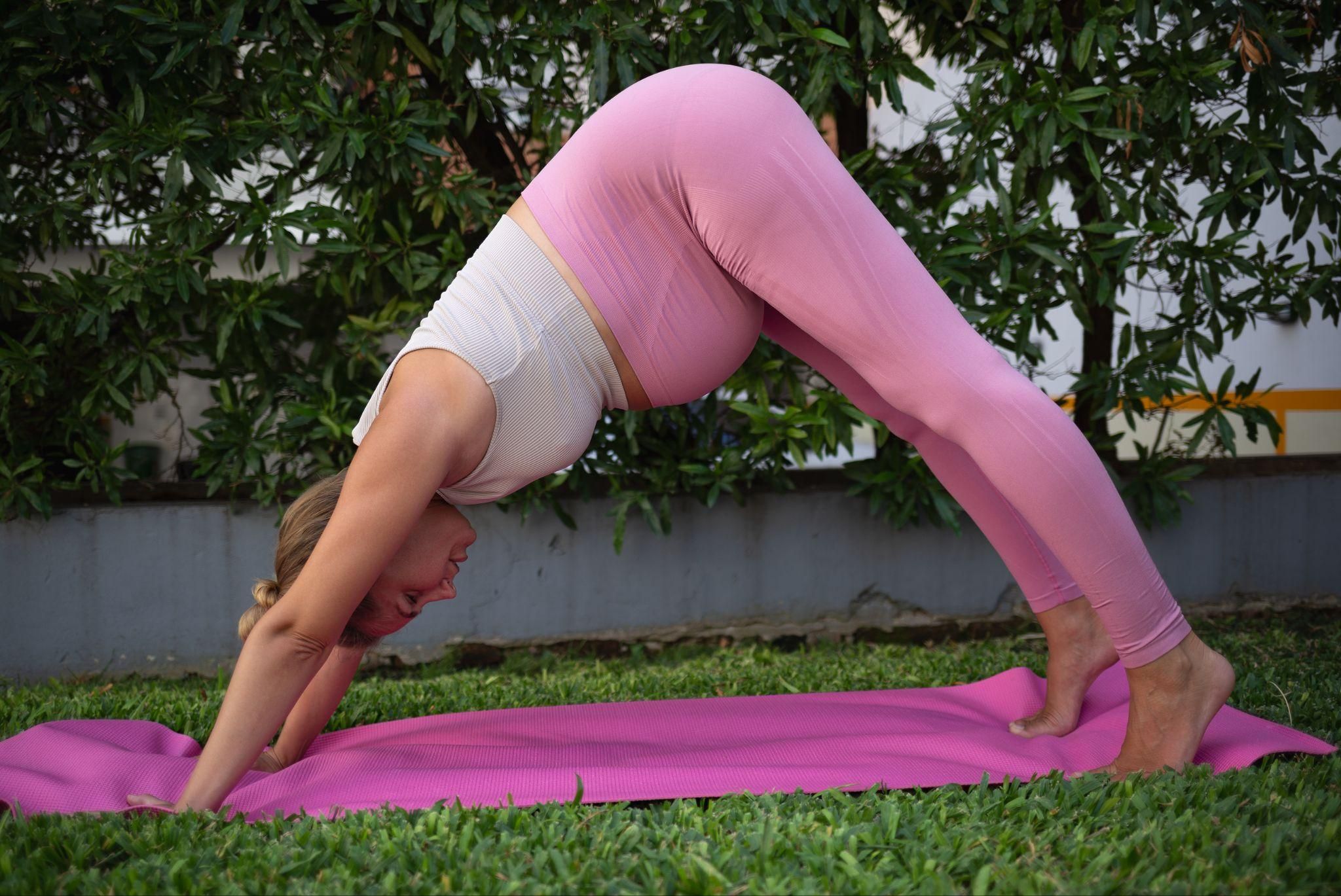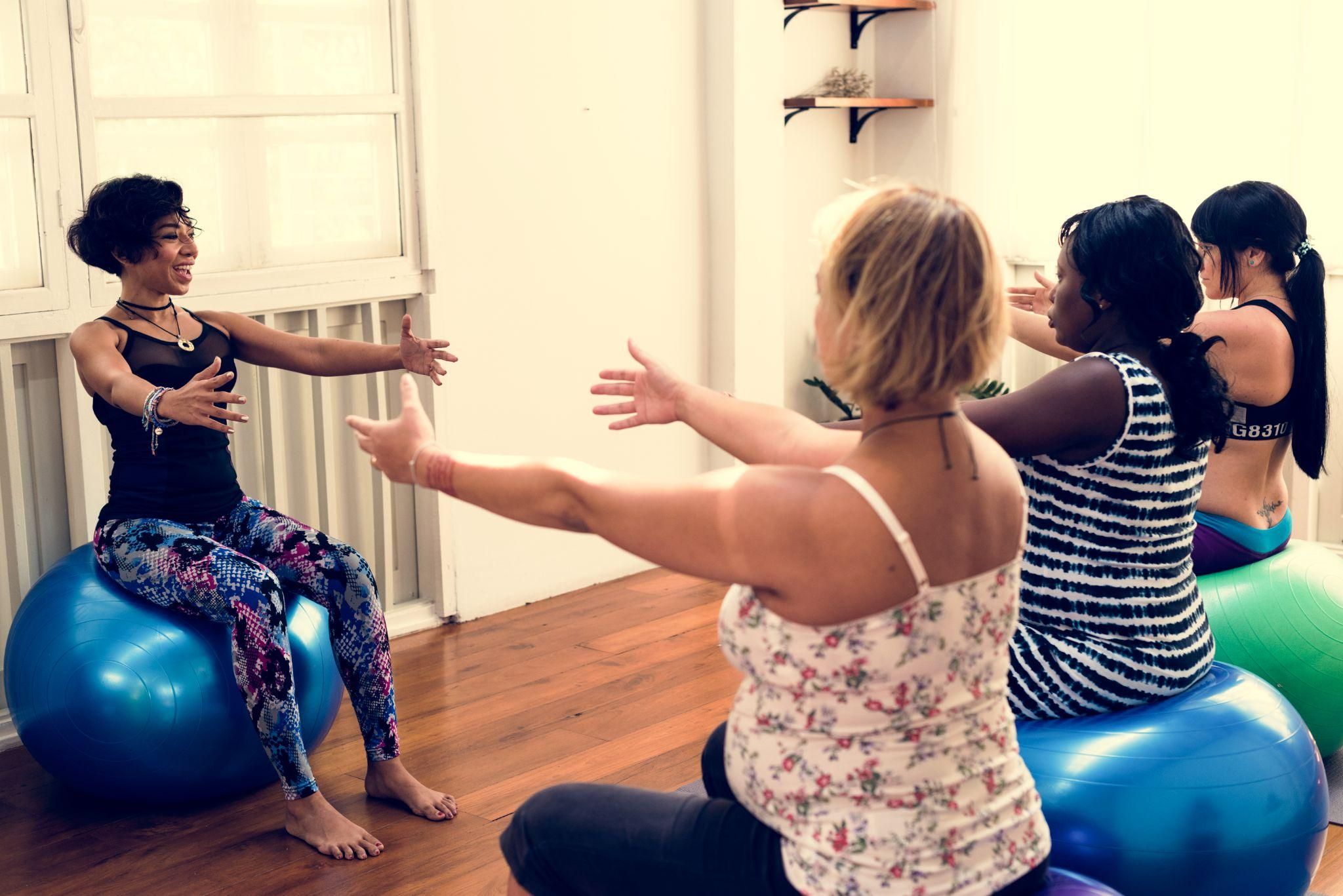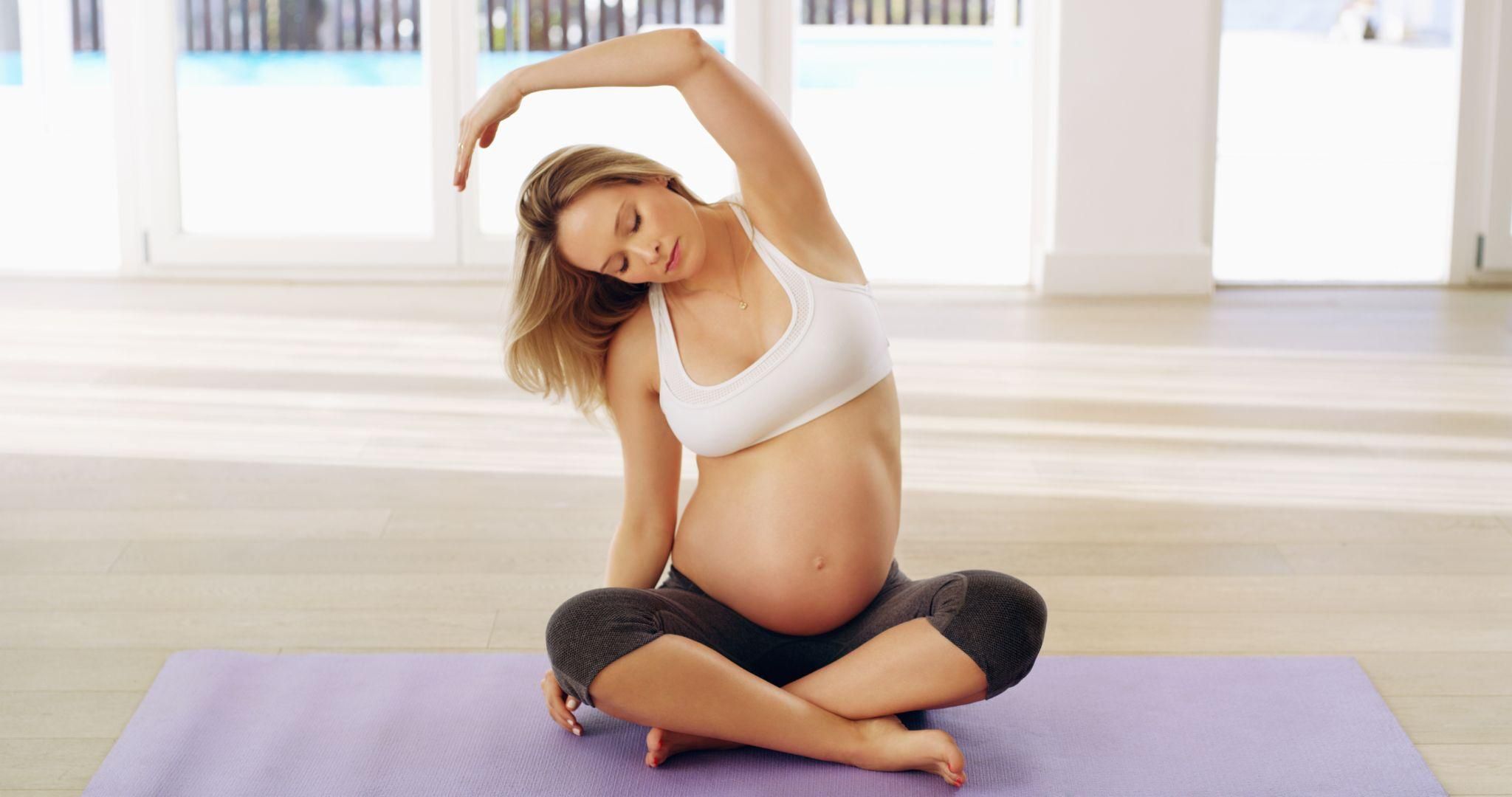Pregnancy brings incredible changes to the body, mind, and spirit. As exciting as these transformations are, they can sometimes bring challenges to body confidence and emotional well-being. Antenatal yoga offers a supportive way to navigate these changes, blending movement, mindfulness, and relaxation to help mums-to-be feel radiant, centred, and connected to their evolving bodies.
In this guide, we’ll explore how yoga can help you feel your best during pregnancy—physically, mentally, and emotionally—while promoting a positive self-image. Discover the specific benefits of yoga for each trimester and how it can help you embrace your pregnancy journey with confidence and grace.
Why Yoga During Pregnancy?
Antenatal yoga is designed to support you through the unique needs of pregnancy, helping to ease discomfort, boost energy, and foster mental calm. But beyond these physical benefits, yoga also nurtures an empowered relationship with your changing body. Pregnancy often brings shifts in body image, and yoga encourages acceptance, confidence, and a sense of pride in what your body is accomplishing.
By practising yoga, you’re not only preparing your body for labour but also cultivating a positive mindset and celebrating the beauty of your pregnancy journey.
The Benefits of Antenatal Yoga for Physical Well-Being and Body Confidence
1. Improved Flexibility and Strength
Antenatal yoga helps to stretch and strengthen key muscles, particularly in the hips, back, and core. With gentle yet effective poses, yoga prepares the body for labour and alleviates pregnancy-related aches and pains. Building this physical strength contributes to a feeling of resilience and confidence in your body’s capabilities.
Strengthening the Core and Pelvic Floor: Pregnancy puts extra strain on the core and pelvic floor, and strengthening these areas through yoga provides essential support for your growing bump.
Improved Posture and Alignment: As your body shifts to accommodate your baby, maintaining good posture can help prevent backaches and strain, making you feel more comfortable and at ease with your body.
2. Supporting Circulation and Reducing Swelling
Yoga’s gentle, flowing movements enhance circulation, reducing swelling in the legs and feet—a common discomfort during pregnancy. By promoting circulation, yoga can contribute to a healthier glow, helping you feel vibrant and comfortable.
Elevated Confidence and Comfort: When you’re free from discomforts like swelling or back pain, you’re more likely to feel positive and confident about your appearance.
3. Promoting Healthy Weight and Body Image
Antenatal yoga offers a balanced way to stay active, helping to maintain a healthy pregnancy weight. Regular movement can contribute to a positive body image, helping you feel more connected to and appreciative of your changing body.
Body Positivity and Confidence: Seeing your body’s strength and adaptability can be incredibly empowering. Yoga encourages a mindset of self-acceptance, fostering gratitude for the amazing work your body is doing.
Mental and Emotional Benefits: Nurturing Calm and Self-Acceptance
Yoga during pregnancy is not just about physical poses; it also brings a range of mental health benefits that can transform how you experience this journey. Let’s look at how it can promote calm, support mental clarity, and enhance body confidence.
1. Stress Reduction and Anxiety Relief
Pregnancy can bring up feelings of anxiety, from concerns about birth to adjusting to the idea of becoming a parent. Yoga promotes relaxation by activating the parasympathetic nervous system, lowering heart rate, and reducing stress hormones.
Practising Breath Control: Deep breathing exercises calm the mind, reduce anxiety, and give you a sense of control over your emotional landscape. Feeling grounded and in control can boost confidence in facing the challenges of pregnancy.
2. Enhanced Body Awareness and Connection with Baby
Yoga encourages a deeper awareness of your body and its connection to your growing baby. By practising mindfulness and gentle movement, you’ll tune into your body’s signals and feel more attuned to your baby’s presence.
Bonding with Your Baby: Feeling this close connection with your baby enhances the joy and pride in your body, reinforcing positive feelings about your pregnancy experience.
3. Supporting Positive Body Image and Self-Love
Pregnancy is a time of physical change, and yoga fosters a sense of gratitude for your body’s capacity to grow and sustain life. By focusing on what your body can do, rather than how it looks, yoga builds self-acceptance and encourages you to feel beautiful and strong.
Empowerment Through Movement: When you feel empowered by what your body can achieve, you’re more likely to embrace these changes with pride and self-compassion.
Antenatal Yoga Practices for Every Trimester
Each trimester brings its own needs and shifts. Here’s how yoga can support your body and mind at every stage of pregnancy.
First Trimester: Embracing Gentle Movement
During the first trimester, energy levels can vary, and you may experience nausea or fatigue. Gentle movement and breath-focused yoga help relieve these symptoms and lay a foundation for strength and relaxation.
Breath Awareness: Focusing on deep, slow breathing calms the nervous system and supports relaxation, essential for those early weeks of adjustment.
Cat-Cow Pose: This gentle pose stretches the back, reduces tension, and builds flexibility.
Supported Child’s Pose: A deeply restful pose that opens the hips, relaxes the back, and helps relieve early pregnancy fatigue.
Second Trimester: Building Strength and Stability
In the second trimester, energy often increases, and yoga can be slightly more active to build strength and balance.
Warrior I and II: These grounding poses strengthen the legs, open the hips, and enhance balance, supporting you as your body changes.
Triangle Pose: This stretch lengthens the side body and strengthens the legs, helping improve circulation and reduce swelling.
Squats: Supported squats are great for pelvic floor health and prepare the body for labour, making you feel empowered and in tune with your body’s needs.
Third Trimester: Preparing for Birth and Embracing Relaxation
The third trimester focuses on relaxation and gentle movement to prepare for birth. Yoga can relieve common discomforts, open the hips, and help you tune in to your body’s natural rhythms.
Goddess Pose: This powerful stance strengthens the legs, opens the hips, and fosters confidence.
Butterfly Pose: A gentle hip opener, it relaxes the lower body, eases tension, and encourages connection with your baby.
Pelvic Tilts: On all fours, this movement helps align the pelvis, relieve lower back pain, and prepare for labour.
Simple Breathing Techniques to Promote Calm and Body Connection
Breathing exercises in yoga can have a powerful effect on mental calm and self-awareness. Here are a few to try throughout pregnancy:
Equal Breathing (Sama Vritti)
Inhale and exhale for an equal count, such as four counts in and four counts out. This simple exercise calms the mind, helps manage stress, and promotes a sense of balance.
Ujjayi Breathing (Victorious Breath)
Ujjayi breath involves a slight constriction at the back of the throat, creating a soothing ocean sound. It promotes mental clarity and relaxation, helping you feel centred and connected to your body.
Belly Breathing
Place your hands on your belly, breathe deeply, and feel your abdomen expand. This breathing practice fosters a deep connection with your baby and promotes a sense of calm and grounding.
Making Antenatal Yoga Part of Your Routine
Yoga is a gentle practice that can be incorporated into your week to support your body and mind. Here are some practical tips:
Find a Calm Space: Practise in a quiet space where you can fully focus, even if it’s just for 10 minutes.
Consistency Over Length: Regular short sessions can be just as effective as long practices. Aim to practise a few times a week for the most benefit.
Seek Guidance: Joining a prenatal yoga class can provide a supportive community and ensure you’re practising safely with the guidance of an instructor.
Listen to Your Body: Pregnancy is unique for every woman. Modify poses as needed, and consult with your midwife or doctor if you have any concerns.
Yoga offers an incredible way to support both physical and emotional health during pregnancy, helping you feel strong, connected, and confident as your body changes. By embracing antenatal yoga, you’re taking an active role in your wellness journey, creating moments to pause, connect, and celebrate your body’s strength and resilience.
Whether you’re new to yoga or continuing a pre-pregnancy practice, antenatal yoga offers the chance to reconnect with yourself and build confidence that will stay with you through birth and beyond.
References
- The Ultimate Antenatal Classes
Prepare for labour, birth, and baby care with nine experts, including senior NHS midwives and an award-winning obstetrician!
https://unii.com/en/journey/ultimate-antenatal-classes

